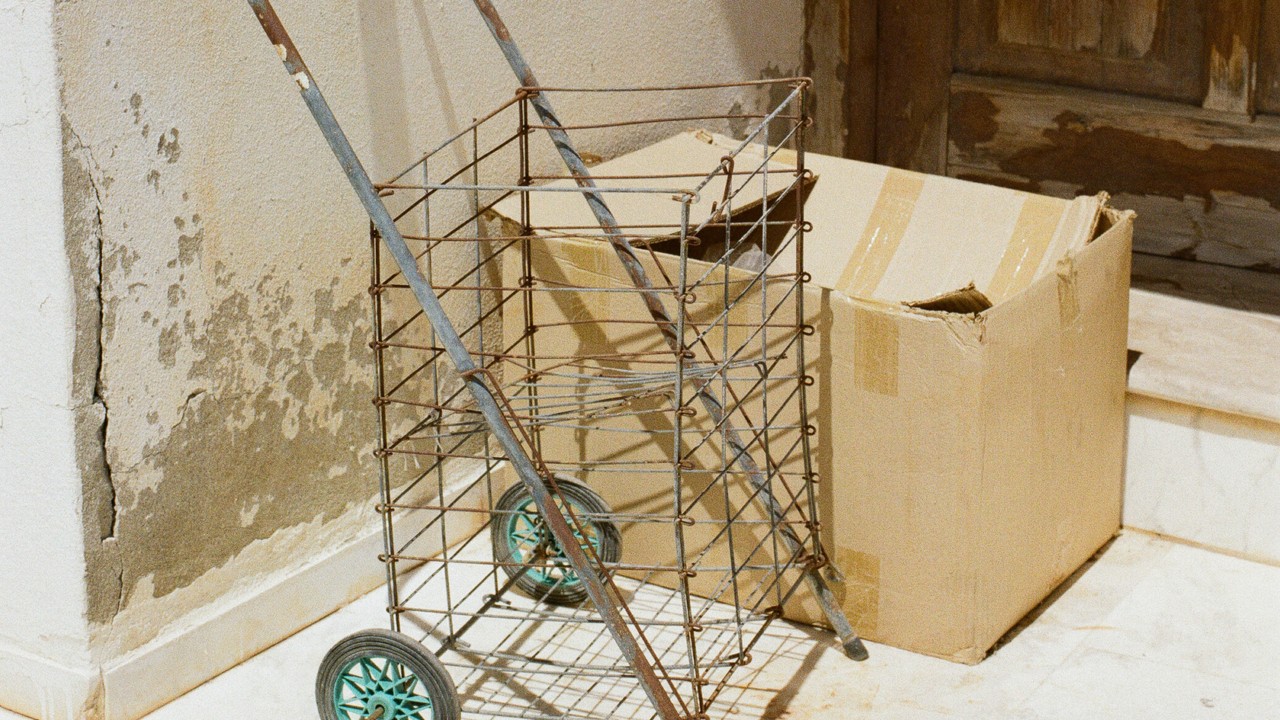

Photograph by Dennis Eichmann / Connected Archives
Words by Ruth H. Burns
As a Native woman existing in 2024, living in today’s society can present itself to be a curious dichotomy.
There’s actually a saying that applies: being Indigenous in this modern era requires us to “live in two worlds,” having one foot in the world of our ancient ancestral teachings, while the other foot treads in today’s mainstream society. The month of November is a prime example of this old adage.
As a Native person, that November is designated Native American Heritage Month, when it is also inextricably affiliated with the Thanksgiving Holiday, is pretty wild.
American legend claims that the first Thanksgiving was a 1621 harvest feast between Indigenous Wampanoags and a colony of English settlers, who would have starved had it not been for the generosity of the Wampanoag people living there. Others point to carnage that occurred during the same era however, like the Pequot Massacre. Native peoples originating from the area who commemorate Thanksgiving as a National Day of Mourning say the first Thanksgiving was declared in 1637 by Governor Winthrop of the Massachusetts Bay Colony to celebrate the massacre of over 700 Pequot men, women, and children on the banks of the Mystic River in Connecticut.
“It was a fearful sight to see them thus frying in the fire and the streams of blood quenching the same,” said William Bradford, a Pilgrim speaking from firsthand experience. It’s not lost on me that November also holds the anniversary of the Sand Creek Massacre, when at sunrise on November 29, 1864, the U.S. Army attacked a camp of Cheyenne and Arapaho on Big Sandy Creek in Colorado, and killed over 230 people, mostly women, children, and elders. It was eventually President Abraham Lincoln who officially declared the last Thursday of November as a national holiday of Thanksgiving in 1863. In his proclamation, he did not mention the Wampanoags or the Pilgrims.
Most Native educators and influencers have chosen to utilize the Native American Heritage Month designation to shine a spotlight on real history, and discourage folks from propping up negative, stereotypical, inaccurate caricatures of Native peoples in an effort to foster healthy relationships and build alliances between cultures.
Consumption, to a certain extent, is a necessary reality. But I encourage you to think before you purchase.
Another bizarre alignment that happens for those of us in tune with our Native heritage during November is the frenzy of consumerism that surrounds Black Friday. If you’re somehow unaware, Black Friday is a retail holiday when the public is invited to participate in no-holds-barred shopping sprees before the Christmas holiday through widespread sales, both in person and online, via another offshoot retail event known as Cyber Monday.
As Indigenous peoples, our ancestors taught us to view everything through a multigenerational lens. We are to conduct ourselves in a manner that pays respect to our ancestral lineage, while also ensuring a healthy future for those who come after us; for the next seven generations. This instruction has led us to create modern sustainability practices that discourage mass consumption and waste. We aren’t perfect either, but that objective remains at the forefront in all that we do.
My ancestors weren’t just wise and learned experts on how to thrive within our environment and landscape. They were practical—and they also loved ornamentation and yes, even fashion. Upholding sustainability does not require one to live in rags unless you want to. Instead, they sought to attain balance and connection with other living creatures and their surroundings. Clothing was taken from where they lived and was utilized to help them survive by keeping them warm, cool, dry, and protected.
My ancestors used buckskins to clothe themselves before Europeans arrived with textiles. We used every part of the bison, including its skin, to provide us with shelter as well as garments. Long ago, the ancestors say, we lived in a warmer climate. At that time, we wore very little. It just made sense. As we moved further north and faced harsh winters with plentiful snow and ice, we turned to leather and fur to help us stay alive. But dressing for the weather doesn’t mean you can’t look good. To this day, we adorn our traditional regalia with shiny beadwork, colorfully dyed porcupine quills, painted designs, feathers, and seashells that were first obtained from oceanic trade routes. Face paint looked impressive, but also bore meaning. Today, powwow dancers aren’t afraid to incorporate modern trinkets, like belts, bells, or even glitter and sequins.
Speaking personally, I’ve been tempted by and also indulged in a few Black Fridays and Cyber Mondays. We all want to look presentable, and even better if we can achieve that at a reasonable price. I’ve also ridden the struggle bus, as they say, and faced hard times economically. Sometimes you have no choice but to turn to fast fashion when you have nary an extra dollar to spare but need to look great to make a good impression for an upcoming job interview. Still, we can be mindful of our actions.
You can walk in beauty and meet your needs while honoring the Earth for generations to come.
Consumption, to a certain extent, is a necessary reality. But I encourage you to think before you purchase. Take responsibility for the dollar you spend and consider your choice from an ethical standpoint. Where does the product come from? Who created it? Does the brand have a decent reputation? Do you want to carry their label around on your body and support their business? What are the labor practices of that brand? Is there exploitation occurring in the making of your garment?
Fashion enthusiasts should also take the environment into consideration when shopping. The pollution presented by fast fashion creates devastating effects to terrestrial and aquatic life, with harmful impacts linked to everything from habitat degradation, proliferation of dangerous chemicals and microplastics in global waterways, and marked increases in greenhouse gasses. As a whole, the fashion industry is responsible for the consumption of 79 trillion liters of water, producing more than 92 million tons of solid waste, and adding about 20% of global wastewater and 10% of CO2 emissions every single year.
In other words: buying fast fashion comes at a cost—both human and environmental. Some items are available so cheaply because they are easier to make and have toxic chemicals in them. Faux leather is predominantly made from petroleum products, which originate from fossil fuels. These chemicals can also make you sick. When the Canadian Broadcasting Corporation tested kids clothing from Zaful, AliExpress, and Shein, they discovered that as much as one in five contained elevated levels of toxic chemicals like lead, PFAS, and phthalates. Scientists have also found dangerous chemicals like dimethyl fumarate and tributyl phosphate in clothing. They aren’t just hazardous, they’ve been linked to allergies, cancer, and infertility.
So be mindful, dear shopper, when perusing advertised goods. If you have the means, consider getting items that are better made and that will keep their value for years to come. Avoid impulse buys that don’t fit properly, or that you’ll wear only once and cast aside. Thrift shops may also hold great vintage finds that are one of a kind and will not only save you money, but reinforce a sustainable economy and won’t hurt Mother Earth. Think about supporting independent garment makers who create wearable art with their hands. Hell, there are Native fashion designers out there who deserve your attention and would greatly appreciate your business.
You can walk in beauty and meet your needs while honoring the Earth for generations to come.
Buying Less to Honor the Past—and Future